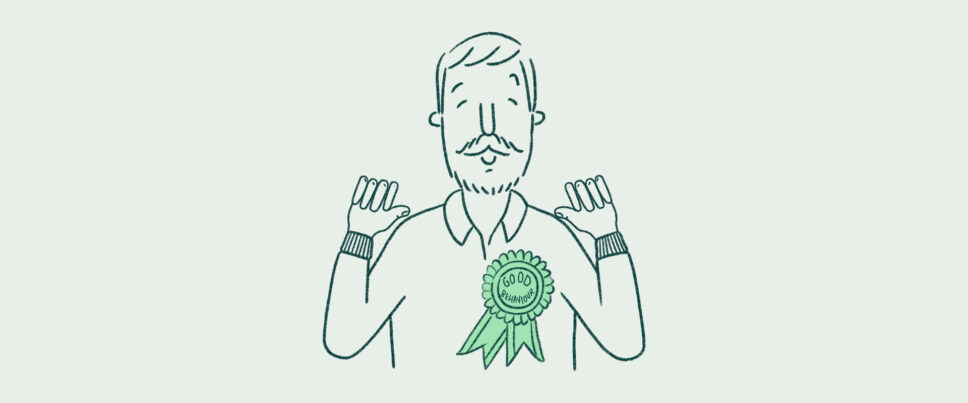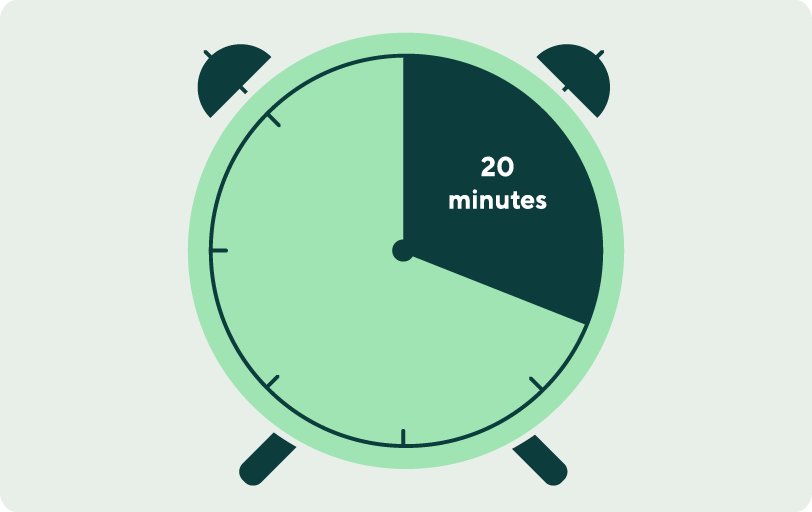Eating behaviours: Why they’re key to effective weight loss

Madeleine Hawkes, Weight Loss Expert
PGCert Obesity & Weight Management
BSc (Hons) Nutrition and Dietetics,
BSc (Hons) Psychology

When trying to lose weight most people focus on what they eat, sparing little thought to how they eat. The truth is, your eating behaviour can have a big impact on your weight-loss success – so much so that it’s possible to lose weight by focusing on how you eat without necessarily changing what you eat.
The physiology of eating
In order to understand why our eating behaviours are so important, we have to delve into the physiology of eating.
Throughout the eating process a complex orchestra of hormonal, neurological and psychological changes take place, resulting in satiation (the feeling of fullness which makes you stop eating) and satiety (the feeling of fullness between meals). This begins before you’ve even started eating – when the smell of something tasty makes your mouth water – and continues long after you’ve finished.

A key point to note is that it takes approximately 20 minutes from when you start eating for your brain to receive signals from your stomach saying “I’m full now, let’s stop”. That feeling of fullness will continue to grow as food moves through your digestive system even after you’ve stopped eating. This is why the speed at which you eat can affect how full you feel.
Eating more slowly
When asked about how they eat, most people report that they eat quickly, taking big bites of food, chewing a few times before swallowing, then moving onto the next mouthful.
Studies have shown that people who eat quickly are more likely to be overweight than those who eat slowly. The size of your bites can also affect how full you feel. Another study found that people who took smaller bites ate less overall than those who took larger bites. This is because it takes longer to chew food, giving your body more time to register that you’re already full.
Given that satiety takes 20 minutes, you can reduce the amount of food you consume and still feel full by slowing down the rate at which you eat.
Pro tip: If you take smaller bites, put the cutlery down, chew the mouthful thoroughly and don’t pick up the cutlery again until you’ve swallowed the current mouthful. This way you’re giving your brain time to catch up with your stomach. Not only can this save you from consuming hundreds of excess calories, it will also make you less likely to feel uncomfortably full or nauseous.
Listen to your body
When we were born we listened to internal cues that told us we were full and stopped eating when the message was received. No amount of cajoling will get a baby to take another spoonful if they’re done eating.
As we grow older we’re taught to ignore these signals by our parents who tell us that we need to finish everything on our plates. Or we learn to overrule these signals because of ridiculous rules that diet plans have us follow. As a result, we totally lose touch with our own internal cues and tend to rely on external signals like an empty plate to signal that our meal is finished.
Pro tip: Continually check if you feel full as you move through your meal. Stop eating at the first sign of fullness (just satisfied or a lack of hunger), remember that that feeling of fullness will continue to grow even after you’ve finished. Look at what’s left on the plate – it’ll give you a better idea of what portion size is right for you in the future.
Mindful eating
Mindful eating is all about being present with your food and being aware of what you’re putting into your body. That means no more eating in front of the TV or while you’re working at your desk! A 2014 study found that participants who ate in a distraction-free environment consumed less overall than those who were distracted.
Pro tip: Sit down at the table and really savour your meal, paying attention to the smells, tastes, and textures of your food. Also pay attention to the ‘joy factor’. Our enjoyment of food is at its highest when you’re hungry before you start eating and it decreases as you become increasingly full. If you’re enjoying a piece of cake, for example, savour the experience but stop eating when it stops bringing you joy – you’ve still had the pleasure of eating cake but you haven’t eaten it all for the sake of it.
Take action ⚡
Pick one of these new behaviours to try and see what difference it makes to your week:
- Take small bites, chew each mouthful thoroughly and put your cutlery down between mouthfuls
- Keep checking to see if you’ve started to feel full
- Eat mindfully without distractions
- Pay attention to the ‘joy factor’ and stop when the joy stops
By understanding how our bodies work and working with them, rather than against them, we can reduce the amount of food we consume without feeling hungry or sacrificing any joy!
References
-
Ohkuma, T., Nagao, K., & Matsumoto, C. (2015). Association between the rate of eating and obesity: a meta-analysis. Obesity Reviews, 16(12), 978-987. doi:org/l0 .1111/obr.12311
-
Wansink, B., & Kim, J. (2005). Bad popcorn in big buckets: Portion size can influence intake as much as taste. Journal of Nutrition Education and Behavior, 37(s): S91-S93. doi:org/l0 .1016/jneb .2005 .03 .007
-
Hetherington, M. M., Cobb, S., Huddleston, S., & Blackstone-Ford, J. (2014). The effect of distraction on food intake in normal weight and overweight women. Appetite, 73, 146-154. doi:org/l0.1016/jappetite.2013.12.006